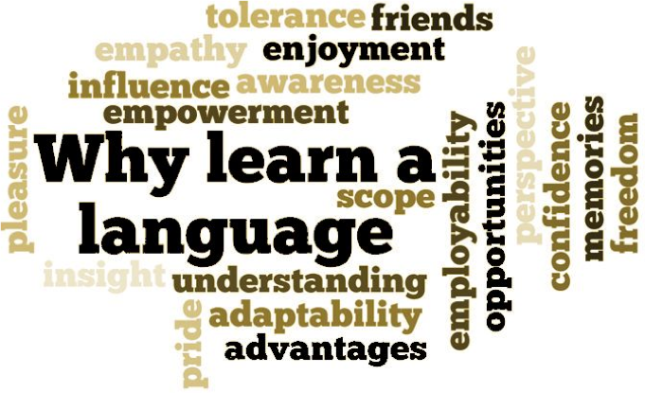
5. Learning Environment: The teacher fosters and manages a safe and inclusive learning environment that takes into account: physical, emotional and intellectual well-being.
A foreign language classroom can seem like a high risk environment, students feel put on the spot and pressured, have anxiety about how they answer and whether they are correct or not. When your understanding and capability of communicating is questioned and then assessed in a high risk environment, well you would rather not participate and squeak by with a passing grade instead of taking risk and being wrong. Communication is so key to human beings, when this is compromised with high risk, anxiety and grades, no wonder students prefer not to talk or participate period in a foreign language classroom. In my own experiences I have preferred to not participate for fear of getting the wrong answer and humiliating myself in front of my peers.
Therefore I have made a point in my classroom to lower this sense of risk and anxiety through different activities which take a team effort to complete. One such activity is when I do warm-ups at the beginning of the period. Students will take a daily quiz on their own and then shift into the warm-up, working on it alone and silently until everyone is down testing, then I give them a few more minutes to work on the warm-up with their neighbors, checking their answers and working through difficult areas. I try to have all my warm-ups take up about 7-8 minutes, no longer than that, we then come together as a class and work through the problems they may have had. I use name cards and randomly draw students who will the write their answers on the white board and then draw another student who will “scribe” with the help of the class to make corrections. Throughout this process I encourage students to make corrections through inquiry based strategies, making them the ones who are correcting and affirming the correct answers. This lowers the risk for students because even if they do get the wrong answer everyone else helps work t the correct one. This I believe has lowered the anxiety in answering and participating for my students but also has helped them in learning the language better through whole class participation.
Another area where risk and anxiety run rampant is in translation. I for one hated being called on and made to translate a sentence completely on my own. To lower the risk and anxiety for this I again use my name cards, randomly drawing people to translate and having the whole class as well myself help the student work towards a viable translation of a sentence/passage. I ask pointed questions and encourage them to seek assistance from their peers through “phoning a friend” or breaking down the translation into manageable pieces and then putting it back together. This activity has helped the whole class see where there can be confusion and how to work through these confusing areas.
In addition to doing this for translation I also like to put students into groups (no more than 4-5 people) to translate a passage together, this also reduces risk and anxiety for students because instead of facing the whole class they are translating with a team of sorts. Everyone has be on the same page in order to move on so everyone is working together to translate even if it is someone else’s “turn”.
These different strategies I believe have culminated into creating a low risk, low anxiety classroom where student’s feel safe about making mistakes and therefore really learning.



 When building a foreign language lesson plan, Brandl has a simple chart to follow: Input: instructional period, giving students the tools to do the intended task Assimilation: Working on examples of the task and putting the new informational to practice. Includes language exercises verbally, reading and writing. Application: Students putting the information practice by themselves, possibly through homework or in class work in the communicative language.
When building a foreign language lesson plan, Brandl has a simple chart to follow: Input: instructional period, giving students the tools to do the intended task Assimilation: Working on examples of the task and putting the new informational to practice. Includes language exercises verbally, reading and writing. Application: Students putting the information practice by themselves, possibly through homework or in class work in the communicative language.